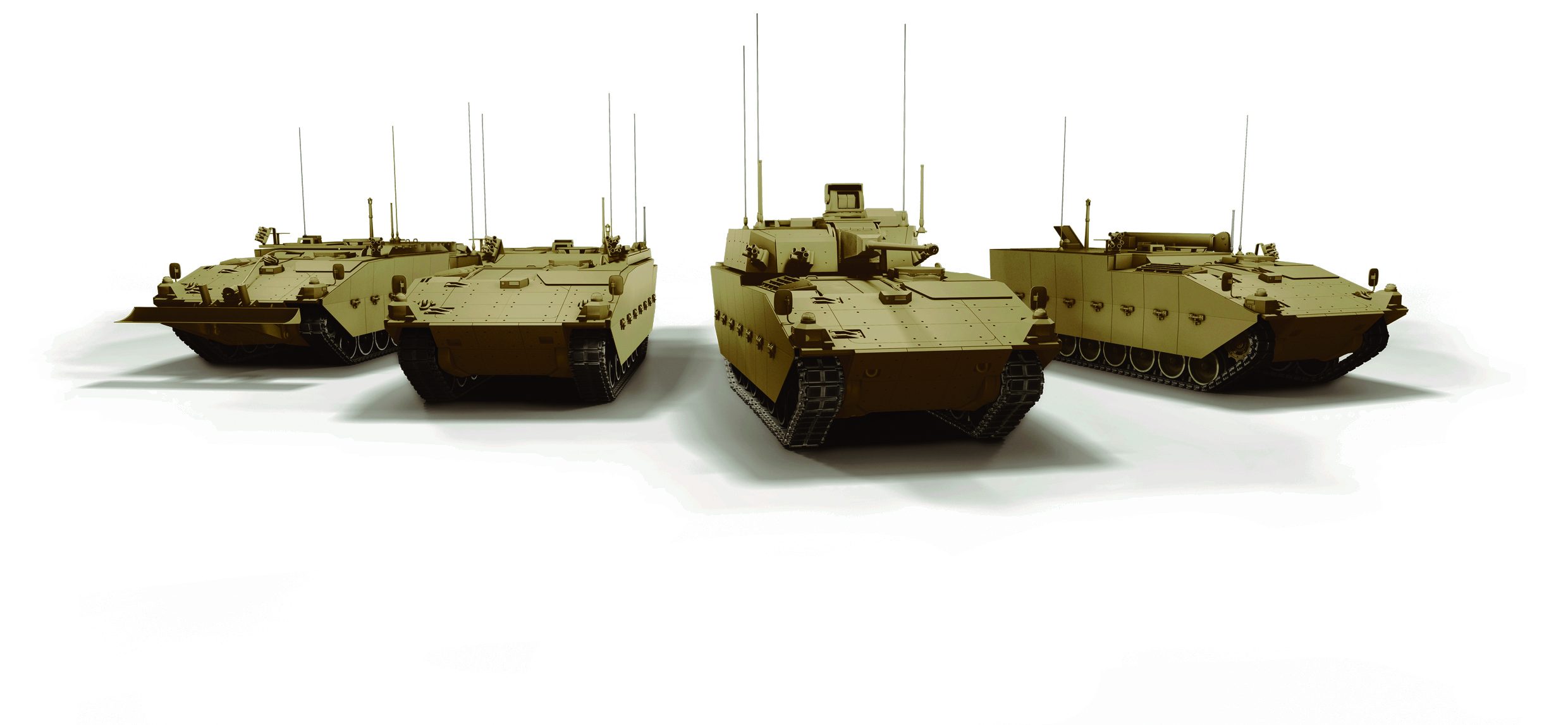 Ahead of General Dynamics’ display at the forthcoming Defence Vehicle Dynamics 2013 showcase, MOD DCB caught up with General Dynamics’ Senior Media Relations Manager Andrew Boyle to discuss the company’s presence in the UK armoured fleet.
Ahead of General Dynamics’ display at the forthcoming Defence Vehicle Dynamics 2013 showcase, MOD DCB caught up with General Dynamics’ Senior Media Relations Manager Andrew Boyle to discuss the company’s presence in the UK armoured fleet.
General Dynamics can boast a powerful presence in the UK armoured fleet. Included in this presence are vehicles such as the Mastiff, Ridgeback, Buffalo and Wolfhound fleets – which have served on British Army operations – as well as the Foxhound and the Scout Specialist Vehicle programme, which are currently being delivered into the Ministry of Defence.
The Specialist Vehicle (SV) programme will provide medium-weight tracked vehicles that will form the core of the British Army’s Future Force 2020.
General Dynamics’ Senior Media Relations Manager, Andrew Boyle, said: “The SV family so far comprises the Scout Reconnaissance vehicle, a Protected Mobility Recce Support vehicle, plus Repair and Recovery vehicles, while further variants such as Ambulance, Command and Control and Engineering Support vehicles are being assessed.”
Replacing the now ageing CVR(T) family of vehicles, the SV family is expected to have a lifespan of 40 years.
Mr Boyle continued: “Two key technological developments set SV apart. Firstly, a common base platform (CBP) underpins the entire SV family of vehicles. The CBP delivers common components for every SV variant, which delivers savings to the British Army through fewer spares and less costly training of support staff. Only specialised equipment such as turret, sensors and cannon on the Scout variant or crane on the Recovery variant will differ.
“Secondly, growth enablers have been engineered into the platform to ensure through-life exploitation. These improve payload, power and open electronic architecture.”
This open electronic architecture (EA) allows plug and play adoption of new components and systems, meaning the vehicle can be tailored to suit different missions. The SV is the first British Army vehicle to feature a fully open electronic architecture which is compliant to the Generic Vehicle Architecture (GVA).
Mr Boyle added: “Generic Vehicle Architecture enables incremental acquisition as it will allow new technologies to be easily introduced into platforms at any time in their lifecycle without the need to wait for a major platform upgrade programme. The incremental acquisition approach should mean current capabilities now rather than much later for the user.
“General Dynamics’ own approach to electronic architectures can deliver fits of greater or lesser complexity, but what they have in common is their modularity and flexibility. Whether running a more basic HUMS system on a light-armoured vehicle or a multi-layer, highly complex ISTAR system on a vehicle such as Scout SV, GD’s EA provides the core infrastructure and operating system that allows easy re-role and upgrade, thanks to its plug and play nature. This saves the user the need to take damaged vehicles out of theatre as sections can be easily removed and replaced.”
Another way in which General Dynamics vehicles can be adapted is through their use of software configuration, which allows the recording of data, enabling specific items to be focused upon and employed in other GVA-compliant devices. Such technology can be found in General Dynamics’ SIE/HUMS systems.
Mr Boyle said: “General Dynamics’ SIE/HUMS solution will provide monitor on-board systems and automatically download data from each vehicle so that operators and fleet managers have accurate information to use in optimising vehicle use and minimising maintenance. The visibility of vehicle-performance data will enable users to improve fleet availability, thereby delivering better Army vehicle fleet management capability.
“The data collected and analysed by the SIE/HUMS will range from engine management system data such as oil and water temperature, speed, distance travelled and performance, to information about shocks and vibration, excessive vehicle speed or high fuel consumption. Once such data is collected, statistical time-based analysis can help users identify potential problems. This data also will enable conditioned-based maintenance where lightly used vehicles receive less work, thereby saving the costs of unnecessary maintenance. As more data is collected, prognostics also will enable better preventative maintenance practices, reducing costs and increasing fleet availability.”
For more information on General Dynamics’ technology, attend its exhibition stand at the Defence Vehicle Dynamics showcase event on 19-20 June at Millbrook Proving Ground, Bedfordshire.
Further Information
For further information visit:
